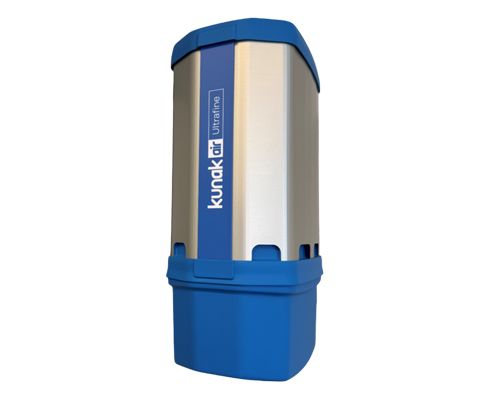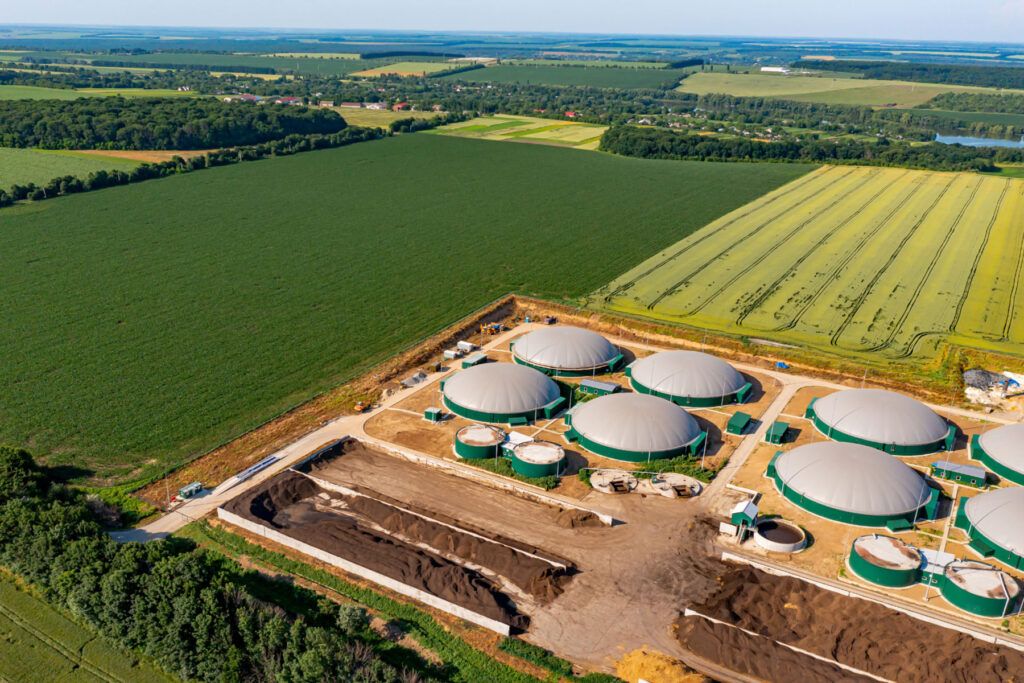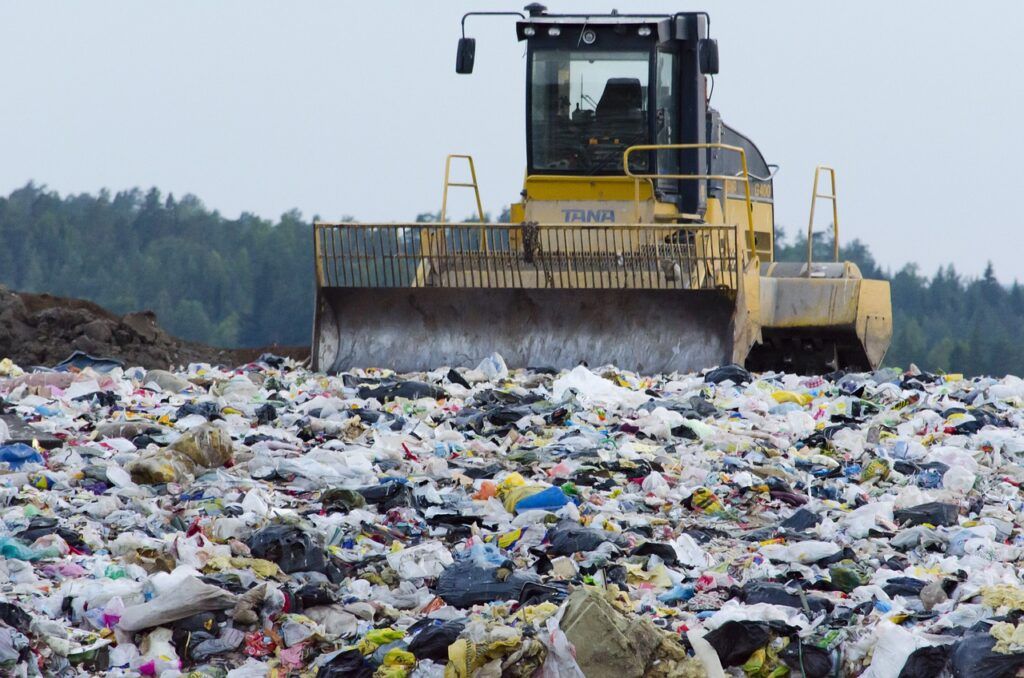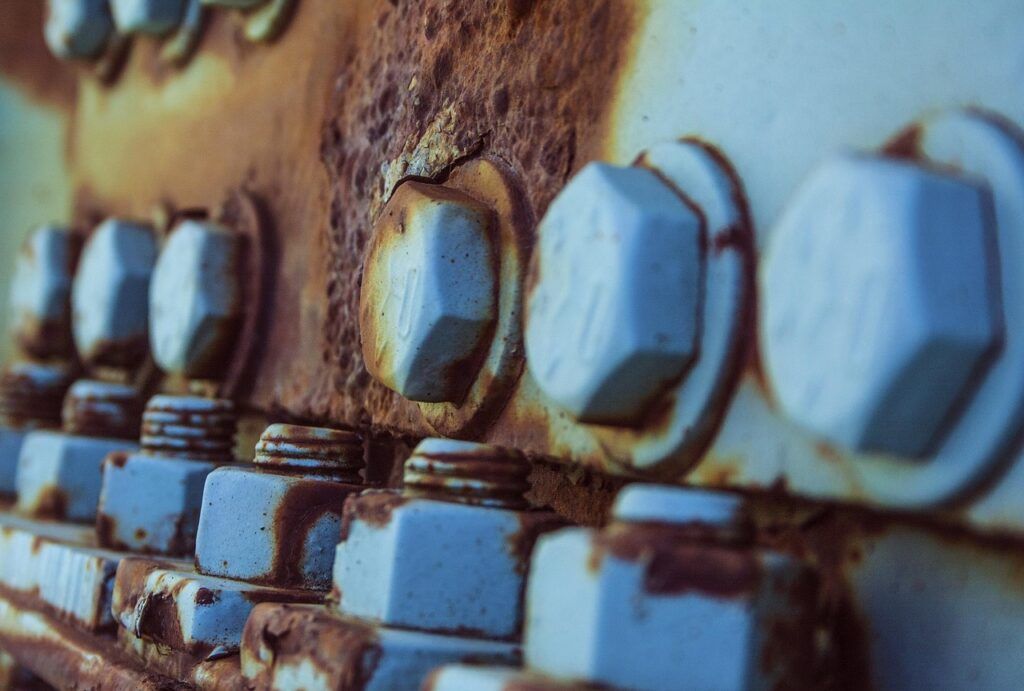UFP sensor
Ultrafine particles
Reliable real-time
information on UFP
ELECTROSTATIC TECHNOLOGY | NON-COLLECTIVE DESIGN

Where are they found?
Ultrafine particles (UFPs), with a diameter of less than 0.1 μm, originate mainly from anthropogenic sources such as vehicle combustion, industrial processes, domestic heating and biomass burning.
These particles are present in urban and industrial environments, as well as in areas close to roads and production plants. Natural sources also contribute, although to a lesser extent since most UFPs originate from human activities that generate complex emissions and secondary pollutants in the atmosphere.
Why measure them?
Ultrafine particles are among the most hazardous pollutants for human health due to their ability to penetrate deep into the lungs and reach the bloodstream. Their size and composition make them highly reactive, capable of causing inflammation, oxidative stress and damage to vital organs.
Measuring them is crucial for risk assessment, the design of effective policies, and the protection of vulnerable populations, particularly in urban and industrial settings where their concentration tends to be higher.
UFP sensor
The UFP sensor employs advanced technology based on electrical charging and electrostatic detection to measure, in real time, the concentration and size of ultrafine particles in the air. It incorporates a system that ionises the sampled particles and, using an electrostatic trap, removes excess ions, enabling particle size determination through a dynamic process.
The current generated by the charged particles is used to accurately calculate particle number (PN), mass concentration (PM), and the lung-deposited surface area (LDSA). Its non-collecting design minimises maintenance, as it does not require filters or consumable liquids, while its robust structure makes it suitable for outdoor use.
In addition, it features self-diagnostics and communication options for remote analysis, making it ideal for environmental monitoring in urban and industrial environments.
Technical specifications
Measurement parameters
Operating conditions and performance
- Measurement range: concentration range measured by the sensor.
- Resolution: smallest unit of measurement that can be indicated by the sensor.
- Operating temperature range: temperature interval at which the sensor is rated to operate safely and provide measurements. (**) In PM sensor Type A: -40 to 50ºC with heater (more information on this version on request).
- Operating RH range: humidity interval at which the sensor is rated to operate safely and provide measurements.
- Recommended RH range: Recommended relative humidity range for optimal sensor performance. Continuous exposure outside the recommended range may damage the cartridge.
- Operating life: time period during which the sensor can operate effectively and accurately under normal conditions.
- Guarantee range: concentration range covered by Kunak's guarantee.
- LOD (Limit Of Detection): measured at laboratory conditions at 20ºC and 50% RH. The limit of detection is the minimum concentration that can be detected as significantly different at zero gas concentration, calculated according to the Technical Specification CEN/TS 17660.
- Repeatability: measured at laboratory conditions at 20ºC and 50% RH. Closeness of the agreement between the results of successive measurements of the same measure carried out under the same conditions of measurement, calculated according to the Technical Specification CEN/TS 17660.
- Response time: time needed by the sensor to reach 90% of the final stable value.
- Typical precision - R2: statistics obtained between the device hourly measurements and reference instruments in field test between -10 to +30ºC at different locations. (*) For the type B PM sensor, the expected error for PM10 is higher in presence of coarse particles.
- Typical accuracy: for criteria pollutants is the average Mean Absolute Error (MAE) obtained between the device hourly measurements and reference instruments for 1 to 8 months field test between -10 to +30ºC in different countries. For other pollutants is the expected error of the measurement at the reading.
- DQO-Typical U(exp): Data Quality Objetive expresed as the Expanded Uncertainity in the Limit Value obtained between the device hourly measurements and reference instruments for 1 to 8 months field test between -10 to +30ºC in different countries, calculated according to the European Air Quality Directive 2024/2881 and from the Technical Specification CEN/TS 17660. (*) For the type B PM sensor, the expected error for PM10 is higher in presence of coarse particles.
- Typical intra-model variability: calculated as the standard deviation of the three sensor means in 1 to 8 months field test between -10 to +30ºC in different countries.
A, B, C, D superindex: the super indexes refer to different types of cartridges related to the same target pollutant but with different technical specifications.


